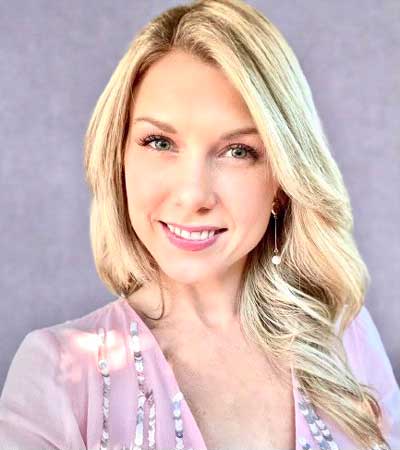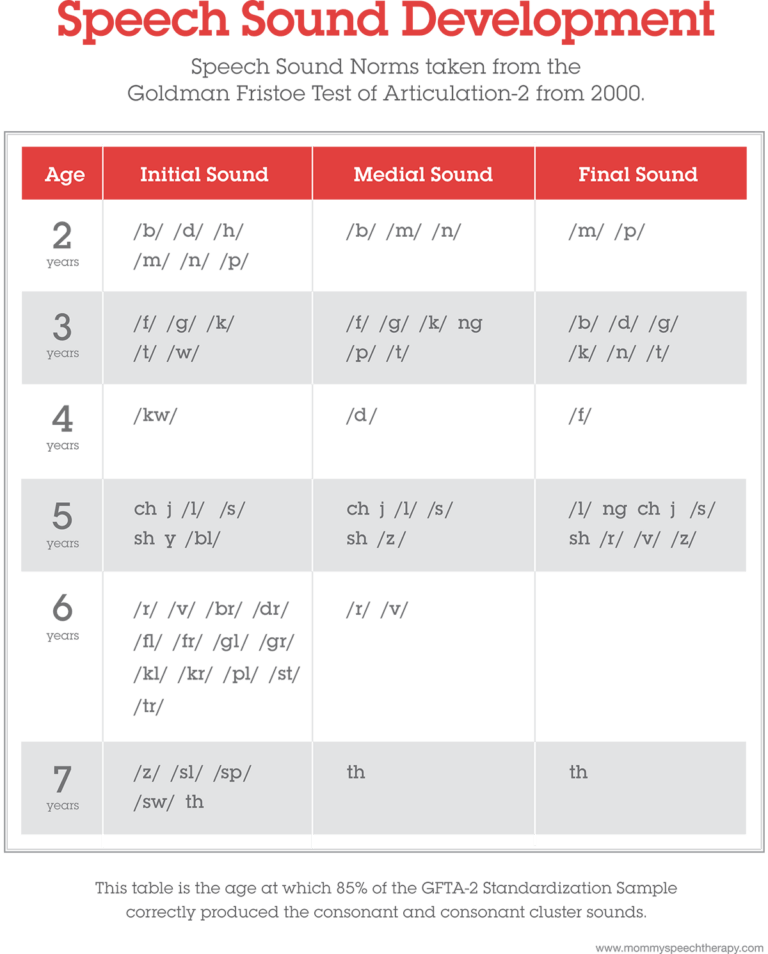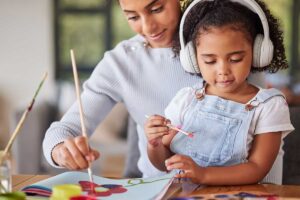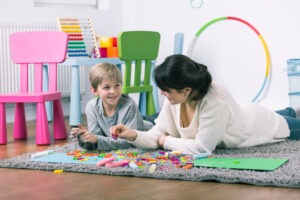Phonological processes, articulation disorder, speech sound disorder…say what?
Online research, talking with other parents, and the results of a Speech Therapy Evaluation can lead you to terminology that’s sometimes confusing. Knowing what these diagnoses refer to, and which one best describes your child’s speech errors, can help guide the road to improvement.
Speech Sound Disorders
There are several reasons why a child’s speech might be difficult to understand. If he or she has trouble saying sounds by the expected age might have a Speech Sound Disorder.
There are several types of Speech Sound Disorders, including:
You might see some overall signs and symptoms like these if your child has a Speech Sound Disorder:
- Decreased speech intelligibility (the degree to which others can understand them)
- Certain sounds seem to be distorted
Substituting one sound for another - Leaving off sounds or parts of words
Sometimes the cause of a Speech Sound Disorder is unknown. When a child shows signs of Speech Sound Disorder, it can be helpful to understand whether they are having difficulty with the Phonology or Articulation of sounds.
Here are the differences between the two, and how to help your child improve his or her speech.
Articulation
Articulation refers to how an individual uses the muscles in their mouth (lips, tongue), their teeth, and the jaw to produce sounds. As these structures are developing, it is typical for children to have difficulty articulating certain sounds.
Here are the sounds that a child is expected to be able to say at certain ages, in the initial (beginning), medial (middle), and final (end) of words:
An Articulation Disorder is when a child has trouble making a certain sound past the time when it is expected for their age.
Types of Articulation Disorders are:
Substitution: A sound is substituted for a different sound. (“sink” for think)
Omission: A sound is left out. (“ta” for tap)
Distortion: Making a sound in a distorted way. (like a lisp, where the the tongue is pushed forward while saying the “s” sound)
Addition: An extra sound or syllable is added to a word. (“suh-wing” for swing)
Phonology
There’s also something called Phonology. This has to do with the overall sound system of language. Think of phonology as the rules and patterns that guide how we say sounds or combinations of sounds.
For example, the “K” and “G” sounds are made in the back of the mouth.
When a child has a Phonological Disorder, they break some of these rules and it affects how they say more than one sound.
In the case of a Phonological Disorder, a child is using something called a phonological process (or phonological pattern) . These are patterns of sound errors. Children typically use them as a way to simplify speech as they learn to talk.
It’s normal for children to use some of these phonological patterns. Different phonological processes are expected to resolve at different ages. Certain errors aren’t considered typical at any age.
Backing: A sound that should be made with the tongue tip (like “T” and “D”) are substituted with sounds in the back of the mouth, like “K” and “G”.
Example: “gog” for “dog”
This error is not considered typical at any age.
Fronting: Sounds that should be made in the back of the mouth (“K” and “G”) are made in the front of the mouth (“T” and “D”).
Example: “tat” for “cat”
Typically resolves by age: 3 ½ years-old
Gliding: The “R” sound is made as a “W”, and the “L” sound is made as a “W” or “Y”.
Example: “yion” for “lion”
Typically resolves by age: 6 years-old.
Assimilation: One consonant sound sounds like another sound in the same word.
Example: “gig” for “pig”
Typically resolves by age: 3 years-old.
Weak Syllable Deletion: An unstressed syllable in a word is left off.
Example: “nana” for “banana”
Typically resolves by age: 4 years-old.
How to Help if Your Child has a Speech Sound Disorder
If you’re concerned that your child has either an articulation disorder or a phonological disorder, you should start by scheduling an evaluation with a Speech Language Pathologist (SLP).
Additional Resources
TherapyWorks offers speech therapy, occupational and physical therapy both in person (in Illinois, Michigan, and Ohio) and through teletherapy (nationwide). If you would like to learn more, or discuss your child’s specific needs, please don’t hesitate to reach out to TherapyWorks!
